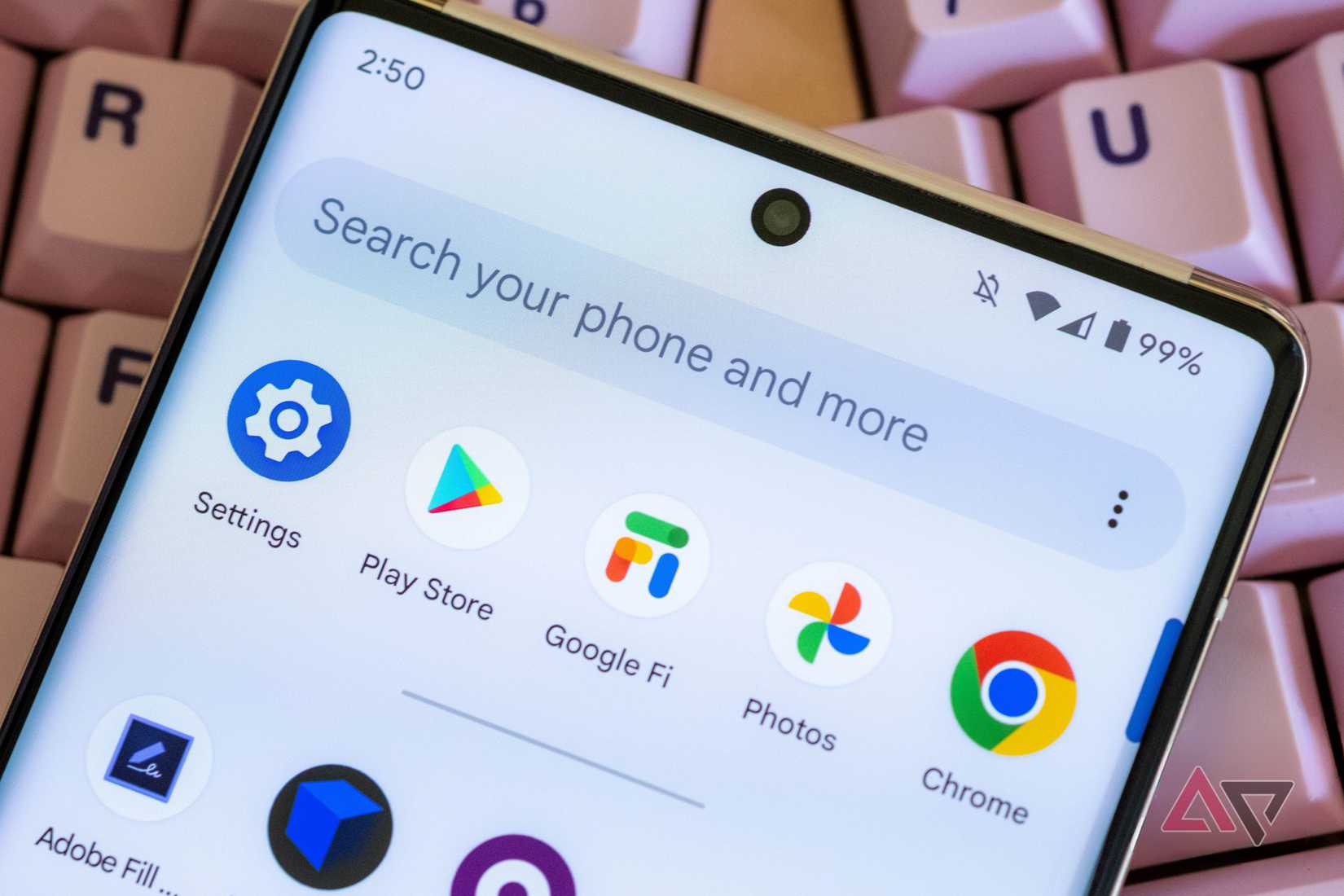Based on the leaks we’ve seen so far, Google’s upcoming Pixel 10 phones represent an unusually restrained upgrade from Google. On the back of nine consecutive generations of Pixel phones that each looked and felt notably different from the last, it seems like Google’s breaking its own precedent with a set of iterative updates that would make Samsung blush.
Two or three years ago, Google doubling down and releasing a new phone that’s a spec-sheet refresh of the version it launched the year before would’ve been a problem. But the Pixel 9 represented a new high water mark for Google’s premium smartphones — they’re running out of major improvements to make. I don’t think a direct sequel is such a bad thing for the Pixel 10 to be.
Pixel 10? More like Pixel 9.5
The past few months have been a treasure trove of Pixel 10 leaks. The first renders of the Pixel 10 series surfaced in March, showing a Pixel 10, Pixel 10 Pro, and Pixel 10 Pro XL that are all nearly identical to Google’s 2024 Pixel 9 lineup. Subsequent leaks have also failed to surface any must-have year-over-year improvements.
We know the Pixel 10 series will ship with Google’s new Tensor G5, reportedly the first chipset in a Pixel phone to be manufactured on a 3nm process, a technical leap over the 5nm-process Tensor G4. In theory, that’ll allow for better power efficiency — definitely a positive. But I’m not expecting a dramatic difference in battery life.
Samsung and Apple are already using 3nm chips. Apple’s first was the A17 Pro that powered 2023’s iPhone 15 Pro. That phone offered similar battery life to the previous year’s iPhone 14 Pro, which ran on the 5nm A16 Bionic chipset. Some tests even found the 15 Pro’s battery life was marginally shorter than what the 14 Pro offered. The transition could be more meaningful for Google, sure, but Apple’s showing is plenty to temper my expectations.
We’re expecting the base-model Pixel 10 to ship with a dedicated telephoto camera, a luxury that’s been reserved for Google’s Pro phones for years. But according to an April report, the sensor in that telephoto camera will be the same one the Pixel 10 uses for its selfie camera, and to accommodate the change, the phone’s standard and ultrawide cameras are getting a downgrade. They’ll reportedly use the same sensors as the midrange Pixel 9a.
To me, the most exciting rumor about the upcoming Pixel 10 phones is that Google is working on a range of Qi 2.2 magnetic charging accessories to go along with them. But it’s also been reported that these accessories will require a Qi 2.2-compatible case — and that Google’s first-party cases will include magnets this year. That’s a lot less exciting a prospect than the Pixel 10 series having magnetic charging built in.
Unless there’s something major early that leaks and rumors have missed, the Pixel 10 series is shaping up to be a very low-key upgrade over the Pixel 9 — more so than Google’s previous generational smartphone updates. That’s not terribly exciting from the perspective of an industry observer, but it feels like a sort of milestone for the Pixel series.
Catching up to consumer habits
Consumer Affairs’ cell phone statistics report for 2025 says that while nearly 12 percent of Americans do upgrade their phones each year, the majority buy a new phone every two to three years. That checks out: carrier financing for phones is often on 24- or 36-month terms.
Google competitors Apple and Samsung have settled into a pattern of minor updates that, over the course of two or three successive generations, add up to a phone that’ll be appealing to someone who last bought a phone two or three years ago. The Galaxy S25 is barely an upgrade at all coming from the S24, but if you’re on an S22, Samsung’s latest will feel like a real step up in a few ways.
Comparatively speaking, Google’s reinvented the wheel each year as it’s tried to get a real foothold in the smartphone space. Particularly when it comes to hardware design: there’s been more consistency since the Pixel 6, but no other smartphone manufacturers’ products have gone through as many distinct design sensibilities as the Pixel series has over the past decade.
But the Pixel 10 series looking like an unabashed rerun of the Pixel 9 playbook signals to me that Google’s landed on an aesthetic and a portfolio it’s confident in. We at AP liked the Pixel 9 and 9 Pro quite a bit — and given the Pixel 9 apparently sold quite well, with Google shipping its most phones ever in a single quarter last year, it may be right to double down this year.





